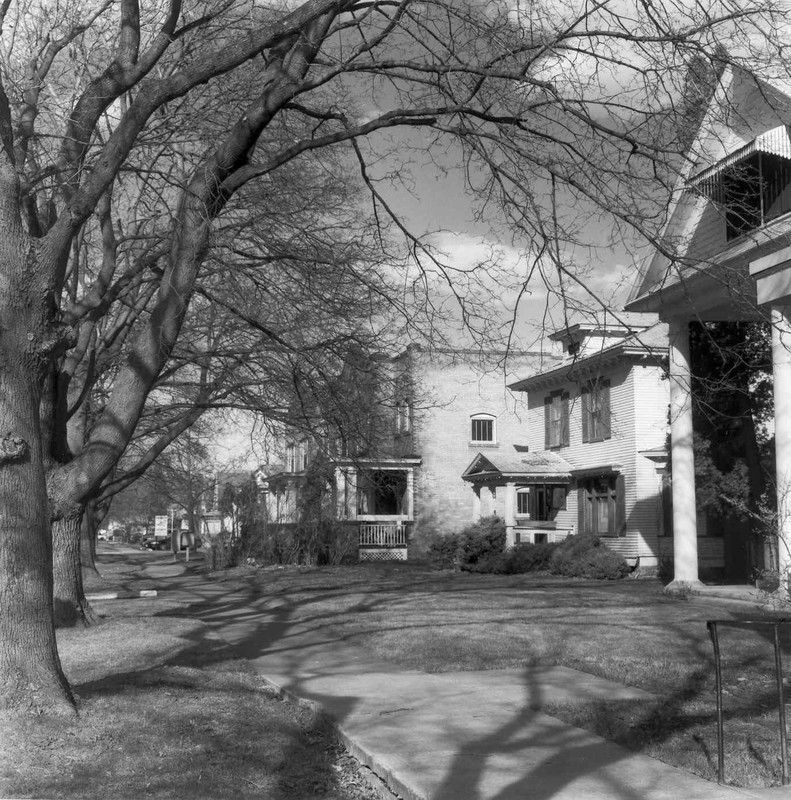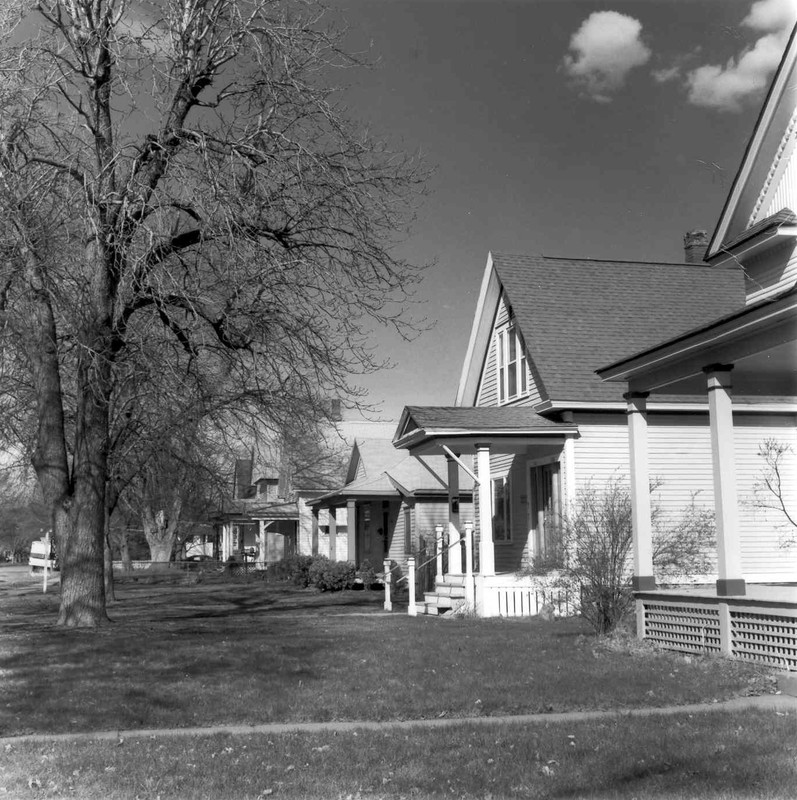McCormick Neighborhood Historic District

Ancestors of the Salish and Pend d’Oreille lived in this area for thousands of years, and tribal members continued to gather bitterroot in South Missoula into the 1960s. The neighborhood’s non-Indian development accelerated after construction of the Bitterroot Valley Railroad in 1887. Judge Hiram Knowles purchased a large tract from rancher Saron Blain for $2,200, platting the Knowles Additions in 1889 and 1890. It proved a good investment, and in the first year real estate speculators purchased over 220 lots from Knowles. The neighborhood infrastructure grew quickly. Electric lights were installed from South Third to South Orange and water pipes lined some blocks as early as 1891. Nevertheless, most construction awaited the arrival of the Milwaukee railroad in 1908. Neighborhood businesses included a flour mill, lumber mills, the Bitterroot Valley Railroad (whose tracks mark the historic district’s western boundary), and the Missoula Gas and Coke Company, all of which provided work for many McCormick residents. Other residents caught the streetcar to jobs downtown or ran their own businesses as contractors, grocers, or restaurateurs. By 1912, buildings occupied almost every lot; later development often occurred on quarter or half lots, with many homeowners converting outbuildings into rental properties. Although construction of the Orange Street Bridge in 1937 transformed the district’s eastern boundary into a busy commercial throughway, most of the neighborhood retains the same features that attracted earlier residents: well-built homes, peaceful streets, proximity to recreation, particularly McCormick Park (founded in 1938), and easy access to downtown.
Images


